Despite being famous for having some of the world’s fastest
trains, I’m not overly impressed with the train system in France. Getting the
relatively short distance from Chamonix to Lyon seemed to take exceptionally
long. The Mont Blanc Express, a mostly single-track mountain rail got me back
as far as Saint-Gervais, but after that a long stretch of my train trip was
actually on a bus to Bellegarde, a small rail crossing in the Jura Mountains
west of Geneva. I’m guessing this bus temporarily replaces a train line that’s
out of service, because it stopped at the train stations of at least half a
dozen small towns in the Haute Savoie. From Bellegarde to Lyon the train was
faster but exceptionally crowded on Sunday, especially with cyclists whose
velos took up way too much room on the crowded train. Sunday afternoon in Lyon
was almost summerlike hot.
A cold front passed through during the night, and Monday was
forecast to be the chilliest, cloudiest day of my stay in Lyon – good for
museums. Fortunately, the Musee de Beaux Arts de Lyon is open Monday but closed
on Tuesday.
Lyon’s museum is described as being one of the biggest in
France outside of Paris, but that says something about France because the art
museum is really not that impressive, similar to what I discovered last year in
Bordeaux. More so that other countries in Europe, things in France are highly
centralized in Paris. While Munich, Naples, Barcelona, Milan, Antwerp, and
other second tier cities in other countries have museum collections of similar
caliber to those in the capital, those in secondary cities in France are fairly
unimpressive, even compared to those in some medium-sized American cities like
Detroit, Saint Louis, Cleveland, or Minneapolis.
That said, though, Lyon’s art museum was well worth a visit,
especially since the French collection between about 1650 and 1850 in the
Louvre were closed on the day of my visit. Three hours of careful inspection of
the paintings and antiquities was adequate to see the whole thing which is
housed on two floors of a city palace that faces the same city square as the
Hotel de Ville. The museum’s middle floor mostly covers statuary and every other
than paintings from Egyptian, Roman, and Greek antiquities to the Middle Ages,
decorative arts, and coin collections. The top level, though, is devoted to
paintings, naturally heavy on French artists but with a surprising amount of
Italian, Spanish, Flemish, and Dutch as well.
I somehow expected a much more extensive display of impressionists and
other artists from the late 19th century, but it was honestly not
all that significant.

 Lyon, Auvergne-Rhône-Alpes, France
Lyon, Auvergne-Rhône-Alpes, France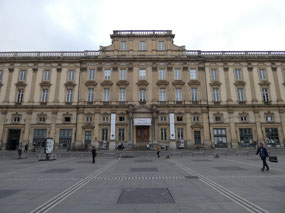
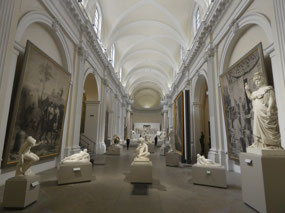


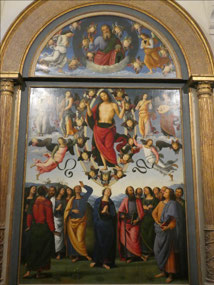
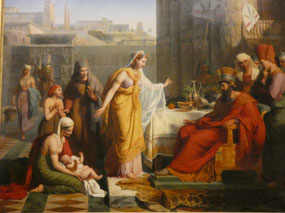

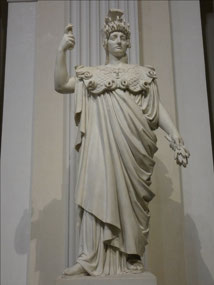
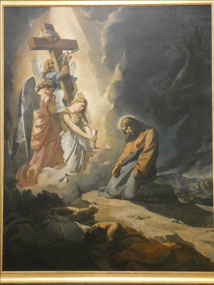

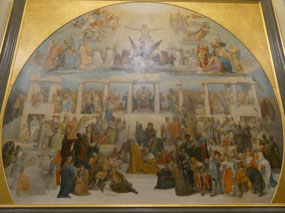
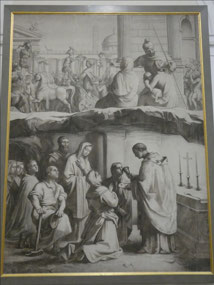
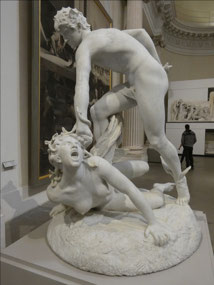
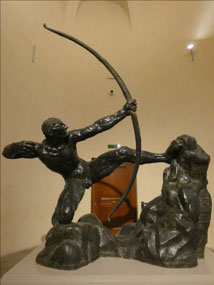
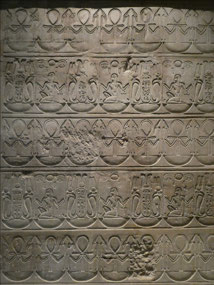
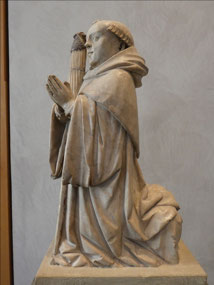


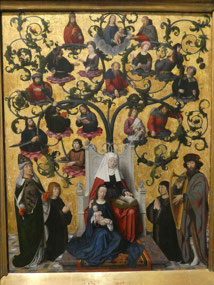
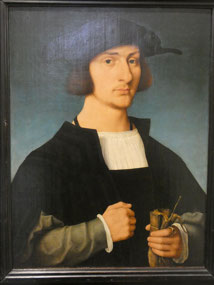
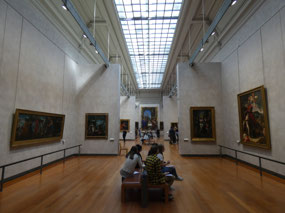
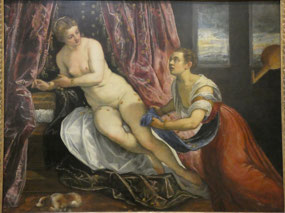
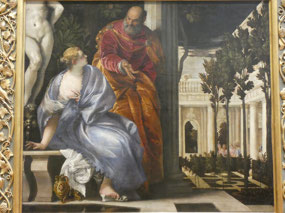

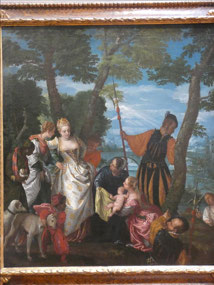
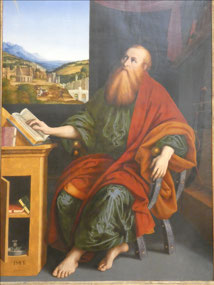
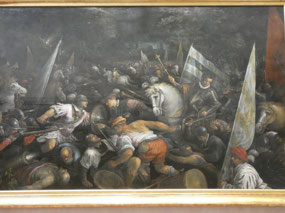
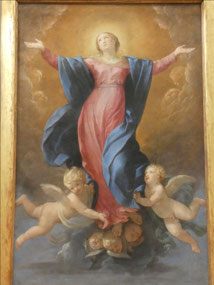
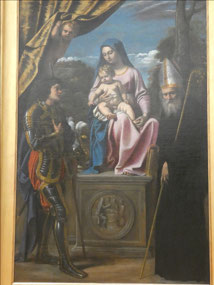
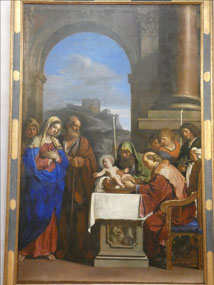
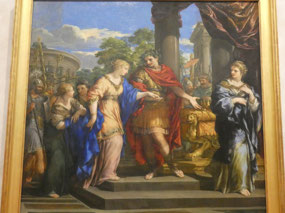
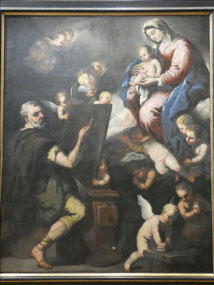
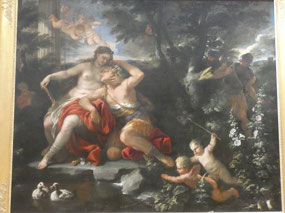

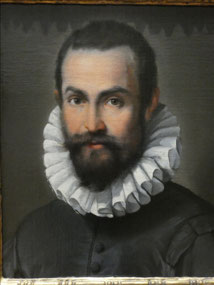
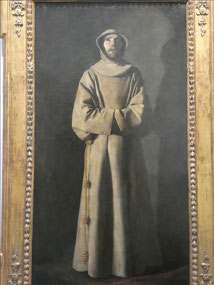
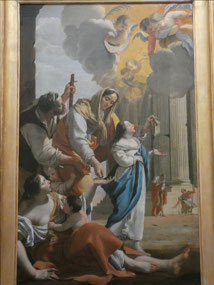
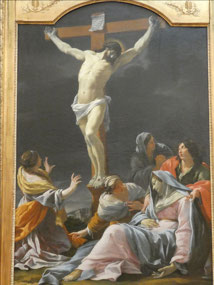
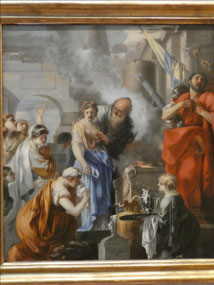
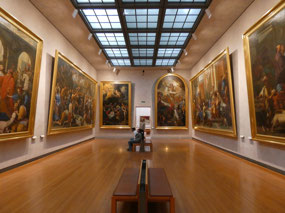
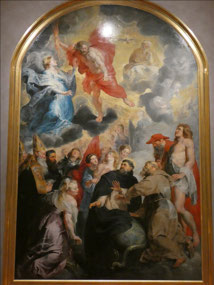
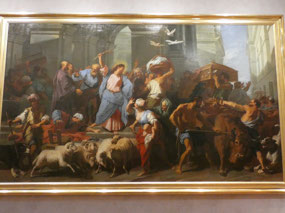

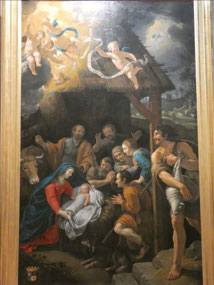
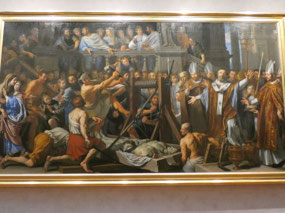
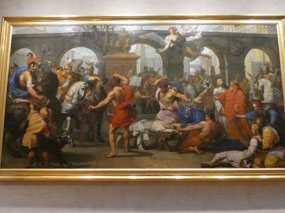
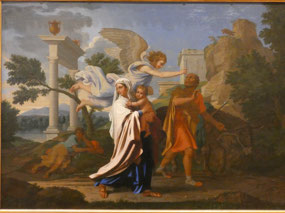
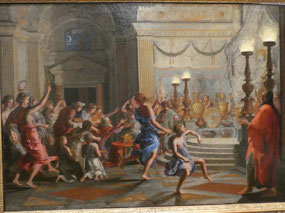


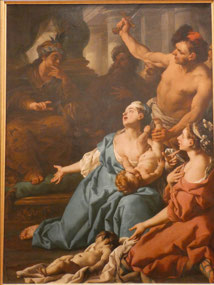
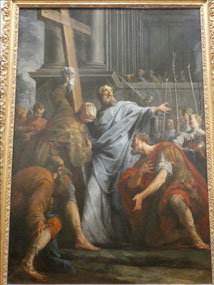
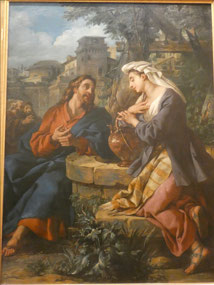
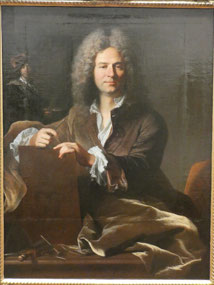
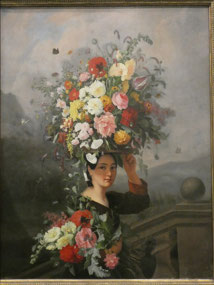
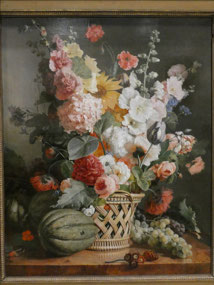
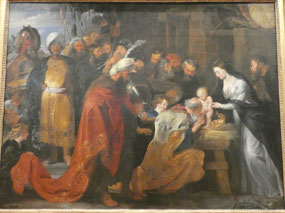
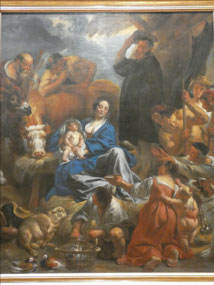
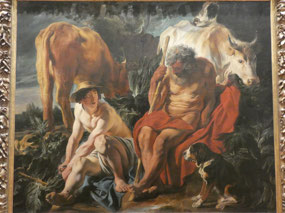
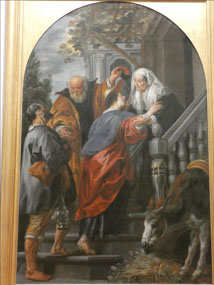
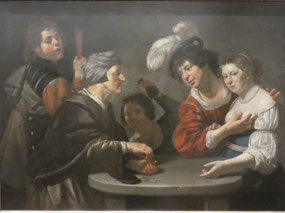

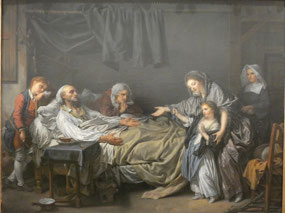
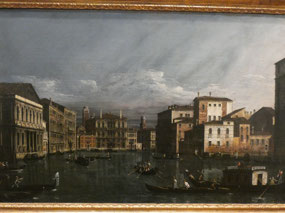
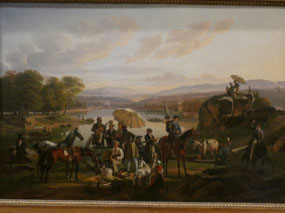

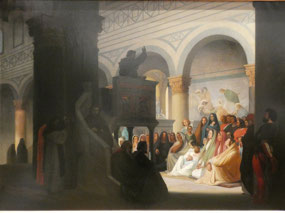
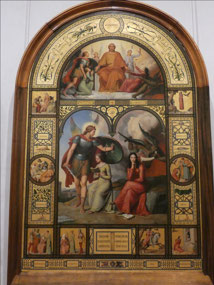

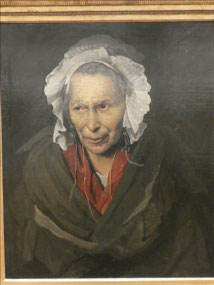
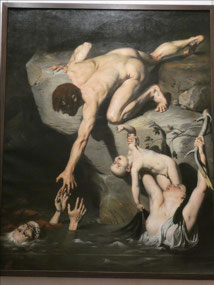
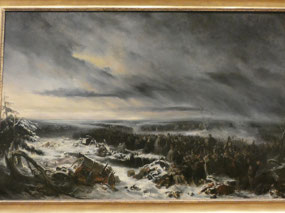

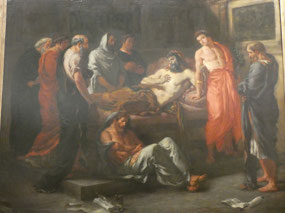
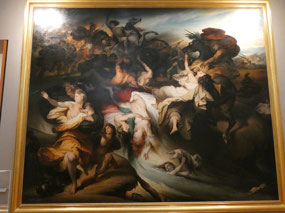
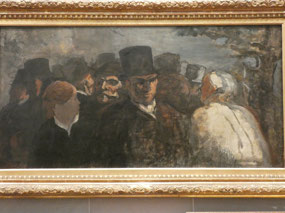
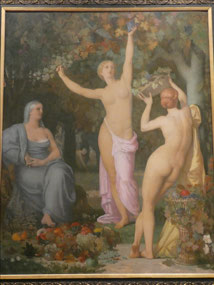
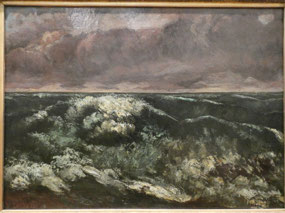
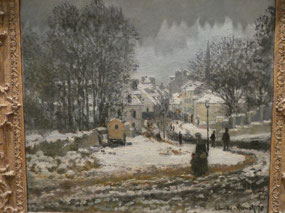
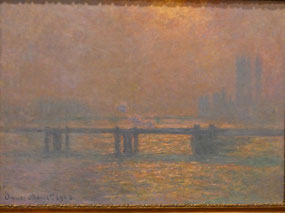
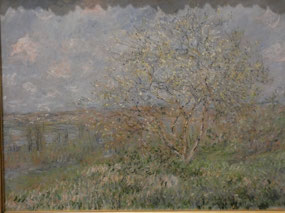
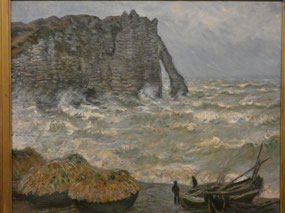
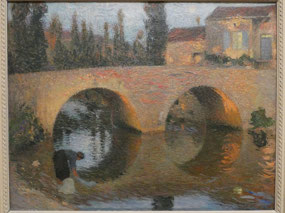
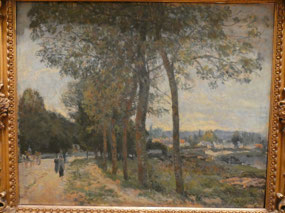
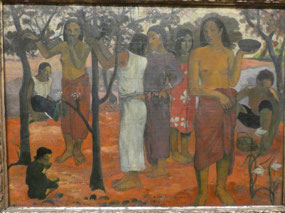
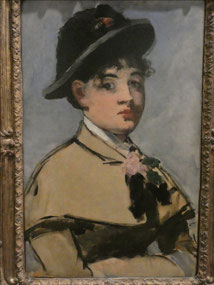
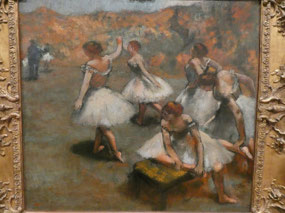
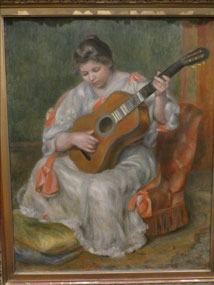
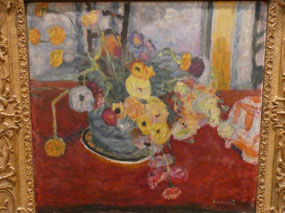
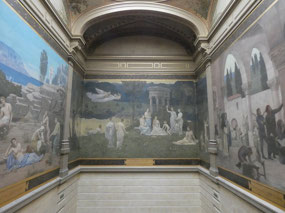
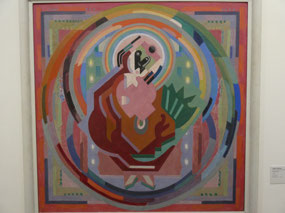
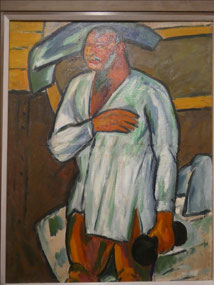
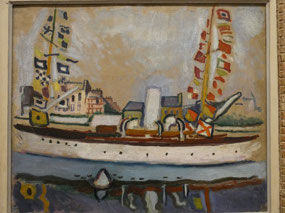
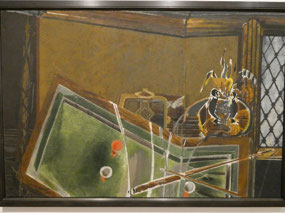
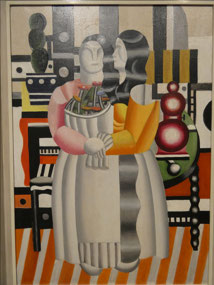
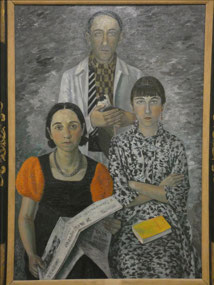
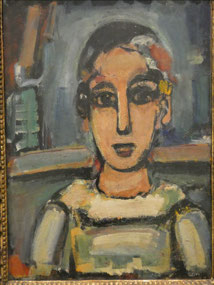
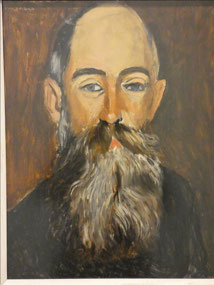
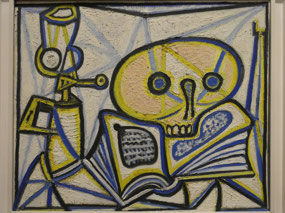
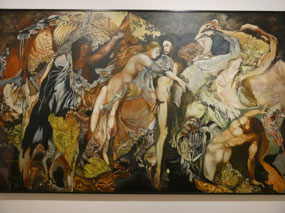
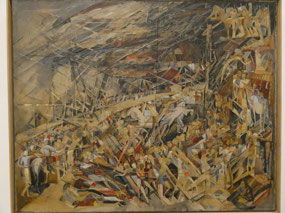
2025-05-23